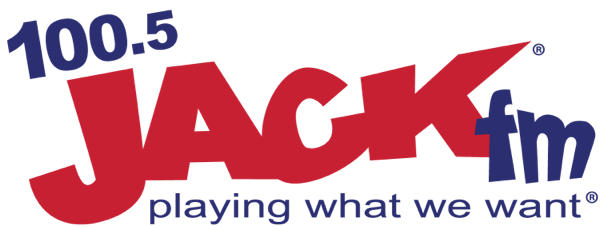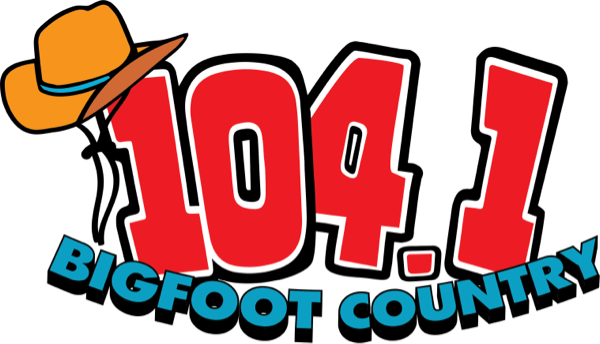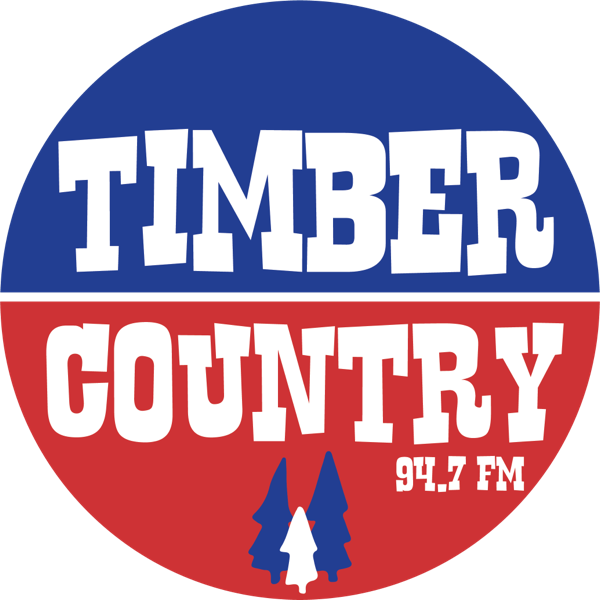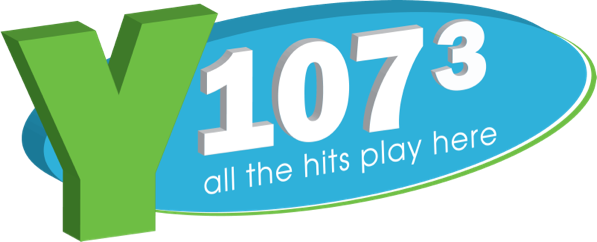Tentative dig dates
OLYMPIA – State shellfish managers have tentatively scheduled 25 razor clam digs on ocean beaches in March and April.
“After some great fall and winter razor clamming, we still have plenty of harvestable clams ready to go for some equally great digging during spring low tides, said Dan Ayres, the Washington Department of Fish and Wildlife (WDFW) coastal shellfish manager. “Diggers can expect abundant populations of nice-sized clams on all beaches.”
Final approval of all scheduled openings is dependent on marine toxin test results. WDFW typically makes a final announcement whether a dig can proceed as planned about one to two weeks before each series.
Digging is not allowed before noon for March digs where low tide occurs in the evening:
- March 1, Tuesday, 5:50 PM; -0.9 feet; Long Beach, Twin Harbors, Mocrocks
- March 2, Wednesday, 6:30 PM; -0.8 feet; Long Beach, Twin Harbors, Copalis
- March 3, Thursday, 7:07 PM; -0.5 feet; Long Beach, Twin Harbors, Mocrocks
- March 4, Friday, 7:42 PM 0.0 feet; Long Beach, Twin Harbors, Copalis
- March 16, Wednesday, 6:35 PM; 0.0 feet; Long Beach, Twin Harbors, Mocrocks
- March 17, Thursday, 7:08 PM; 0.0 feet; Long Beach, Twin Harbors, Copalis
- March 18, Friday, 7:41 PM; +0.2 feet; Long Beach, Twin Harbors, Mocrocks (Ocean Shores Razor Clam Festival)
- March 19, Saturday, 8:14 PM; +0.5 feet; Long Beach, Twin Harbors, Copalis (Ocean Shores Razor Clam Festival)
Digging is not allowed after noon for the remainder of March and April digs -- listed below -- where low tide occurs in the morning:
- March 20, Sunday, 8:46 AM; +0.2 feet; Long Beach, Twin Harbors, Mocrocks (Ocean Shores Razor Clam Festival)
- March 21, Monday, 9:30 AM; 0.0 feet; Long Beach, Twin Harbors, Copalis
- March 22, Tuesday, 10:18 AM; -0.1 feet; Long Beach, Twin Harbors, Mocrocks
- April 1, Friday, 7:36 AM; +0.5 feet; Long Beach, Twin Harbors
- April 2, Saturday, 8:07 AM; 0.0 feet; Long Beach, Twin Harbors, Copalis
- April 3, Sunday, 8:45 AM; -0.1 feet; Long Beach, Twin Harbors, Mocrocks
- April 4, Monday, 9:23 AM; 0.0 feet; Long Beach, Twin Harbors, Copalis
- April 5, Tuesday, 10:01 AM; +0.2 feet; Long Beach, Twin Harbors, Mocrocks
- April 6, Wednesday, 10:43 AM; +0.5 feet; Long Beach, Twin Harbors, Copalis
- April 16, Saturday, 7:03 AM; -0.2 feet; Long Beach, Twin Harbors, Copalis (Long Beach Razor Clam Festival)
- April 17, Sunday, 7:45 AM; -0.8 feet; Long Beach, Twin Harbors, Mocrocks (Long Beach Razor Clam Festival)
- April 18, Monday, 8:28 AM; -1.2 feet; Long Beach, Twin Harbors, Copalis
- April 19, Tuesday, 9:14 AM; -1.3 feet; Long Beach, Twin Harbors, Mocrocks
- April 20, Wednesday, 10:04 AM; -1.2 feet; Long Beach, Twin Harbors, Copalis
- April 21, Thursday, 10:59 AM; -0.9 feet; Long Beach, Twin Harbors, Mocrocks
- April 29, Friday, 6:31 AM; -0.1 feet; Long Beach, Twin Harbors, Copalis
- April 30, Saturday, 7:10 AM; -0.5 feet; Long Beach, Twin Harbors, Mocrocks
Future digs are in addition to those currently underway below as well as more tentative dates planned later this month and can be found on the WDFW’s website.
Shellfish and seafood enthusiasts can also start making plans to attend the Ocean Shores Razor Clam and Seafood Festival on March 18-20, and the Long Beach Razor Clam Festival on April 16-17. These two long-running events celebrate the unique contribution of razor clams to Washington’s culture and coastal communities.
With the spring fast approaching, Washingtonians should consider purchasing 2022-2023 recreational hunting and fishing licenses before current licenses expire after March 31. Anyone gathering clams in April will need a new 2022-2023 license to participate. All diggers age 15 or older must have an applicable fishing license to harvest razor clams on any beach.
Under state law, diggers at open coastal beaches can take 15 razor clams daily and are required to keep the first 15 they dig, regardless of size or condition. Each digger's clams must be kept in a separate container. Razor clam diggers can find detailed beach maps that indicate locations and local names for beaches on WDFW’s website.
The Washington Department of Fish and Wildlife works to preserve, protect, and perpetuate fish, wildlife and ecosystems while providing sustainable fish and wildlife recreational and commercial opportunities.






